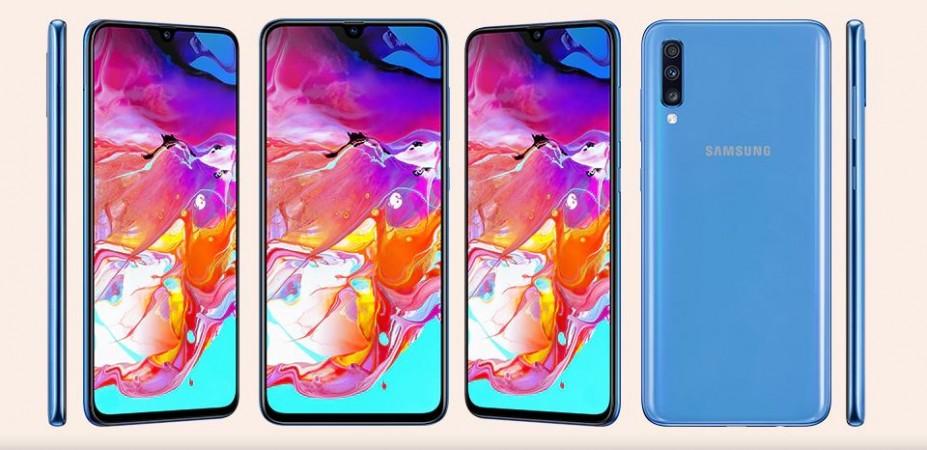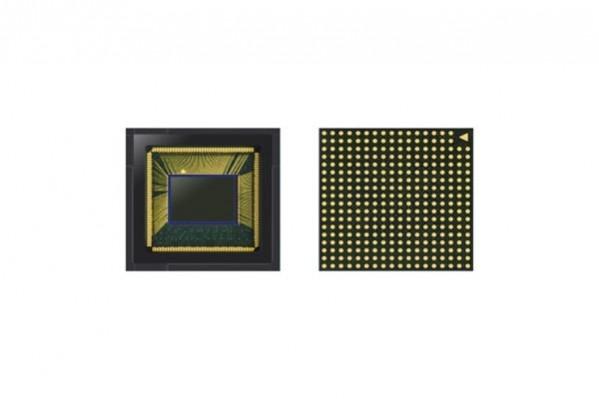Samsung Galaxy A70 is still the latest offering on the shelves but the company has planned to launch a successor with revamped hardware – reportedly named as Galaxy A70S. Samsung has changed its mind and the company is going to launch its most anticipated 64-megapixel sensor in less premium device instead of Samsung Galaxy Note 10.
According to ET News, Samsung Electronics is planning to release the world's first smartphone equipped with a 64MP camera sometime during the second half of 2019. However, it is still unclear if this will be a full-fledged successor to the Galaxy A70 (read full review) or just a hardware refresh.
Samsung surprises everyone by choosing a mid-range device to debut its monster sensor. Previously, it was said that Samsung would first launch the 64-megapixel sensor in its upcoming flagship Galaxy Note 10 smartphone.

Last year, Samsung CEO DJ Koh told CNBC, "The company will 'bring technology and differentiation points' starting from the mid-end." If the South Korean daily is accurate, Samsung's Galaxy A70S could snatch the megapixel crown from current reigning champ Sony IMX586, which sports a 48-megapixel camera.
The Galaxy A70S will have the same 64 MP ISOCELL Bright GW1 image sensor that Samsung unveiled earlier this month, which comprises of the 0.8µm pixel. This latest sensor uses pixel-merging Tetracell technology to develop a 16-megapixel image in low lighting condition by merging four pixels into one. According to Samsung, it supports a real-time high dynamic range of up to 100 decibels (dB) which can give "richer hues". Conventional sensors have a dynamic range of about 60 dB while the human eye is considered to be around 120 dB.

It all sounds logical as Samsung wants to regain its market share in mid-range devices, which it lost to Xiaomi. The company is coming with a new strategy for its mid-range segment and will launch some new technologies in midrange smartphone before working its way up to the high-end devices.

















